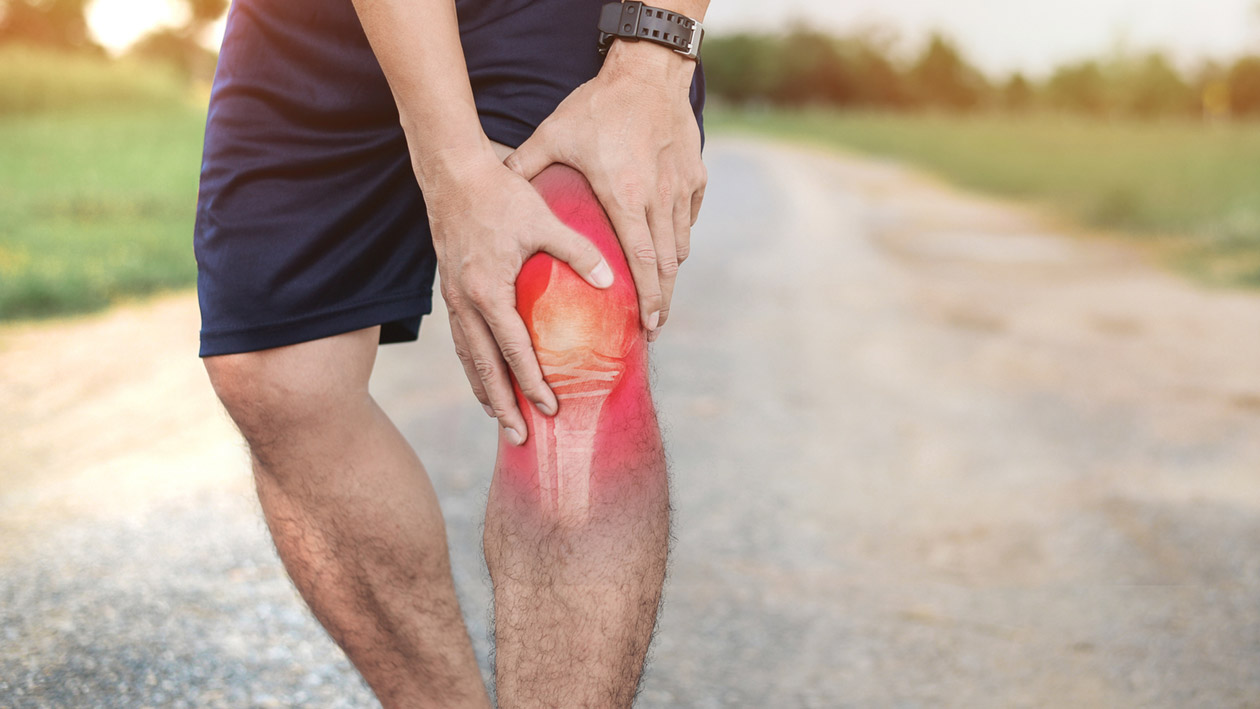
You’re curious about whether Pilates can help reduce inflammation in your body? The short answer is yes, but there’s more to it than just rolling out your mat and hoping for the best. Let me take you through what the research tells us about Pilates and inflammation – it’s actually pretty fascinating stuff.
What the Research Shows About Pilates and Inflammation
The scientific evidence is building a compelling case for Pilates as an anti-inflammatory practice. Studies have found that regular Pilates training can significantly reduce key inflammatory markers in your body, including high-sensitivity C-reactive protein (hs-CRP), which is one of the most important indicators of systemic inflammation [1].
In one particularly interesting study with elderly people who had high blood pressure, researchers found that 12 weeks of mat Pilates training led to significant decreases in inflammatory markers like TNF-α (tumor necrosis factor-alpha) and increased beneficial markers like superoxide dismutase, which helps fight oxidative stress. The participants didn’t just feel better – their blood tests showed measurable improvements in their inflammatory profiles.
Another study comparing Pilates to resistance exercise found that mat Pilates was more effective at reducing hs-CRP levels, body mass index, and abdominal circumference in elderly participants [2]. This suggests that Pilates might have a special edge when it comes to tackling inflammation, particularly the kind that’s linked to carrying extra weight around your middle.
How Pilates Fights Inflammation
So how exactly does Pilates work its anti-inflammatory magic? It’s not just one thing – it’s a perfect storm of beneficial effects working together.
Improved Circulation and Blood Flow
Pilates exercises are designed to enhance circulation throughout your body. Better blood flow means more oxygen and nutrients reaching your tissues, while inflammatory waste products get cleared away more efficiently. This is crucial because poor circulation can actually make inflammation worse by allowing inflammatory substances to hang around longer than they should.
Stress Reduction Through Movement
Here’s where it gets really interesting. Pilates incorporates mindful movement and controlled breathing, which helps activate your parasympathetic nervous system – that’s your body’s “rest and digest” mode. When you’re constantly stressed, your body pumps out cortisol and other stress hormones that can actually increase inflammation. By helping you manage stress better, Pilates tackles one of the root causes of chronic inflammation.
Chronic inflammation often goes hand-in-hand with muscle imbalances and poor posture. When your body is constantly compensating for weak or tight muscles, it creates ongoing stress and inflammation. Pilates targets these deep stabilising muscles, helping to reduce the mechanical stress that can trigger inflammatory responses.
Low-Impact Movement
Unlike high-intensity workouts that can sometimes increase inflammation temporarily, Pilates provides gentle, controlled movement that protects your joints whilst still providing the anti-inflammatory benefits of exercise, along with a range of other health benefits. This makes it particularly valuable if you’re already dealing with inflammatory conditions and/or injuries.
The Broader Exercise-Inflammation Connection
It’s worth putting Pilates into the broader context of exercise and inflammation. Research consistently shows that regular physical activity is one of the most powerful anti-inflammatory interventions available [3]. People who exercise regularly have lower levels of inflammatory markers like IL-6, TNF-α, and CRP compared to sedentary individuals.
The key is finding the right balance. While intense exercise can temporarily increase inflammation, moderate, consistent exercise like Pilates promotes a shift toward an anti-inflammatory state in your body. This is partly because exercise helps reduce visceral fat (the dangerous kind around your organs), which is a major source of inflammatory chemicals.
Personal Experience from the Field
I’ve seen this play out countless times in practice. Clients who commit to regular Pilates sessions often report not just feeling stronger and more flexible, but also experiencing less of that general achiness and stiffness that comes with chronic inflammation. They sleep better, feel less stressed, and often find that nagging joint pain starts to ease up.
What’s particularly encouraging is that these benefits seem to be accessible to almost everyone. Whether you’re dealing with arthritis, fibromyalgia, or just the general inflammatory burden of modern life, Pilates offers a gentle entry point into anti-inflammatory movement.
The Mind-Body Connection
Here’s something that makes Pilates particularly special in the anti-inflammatory world: it’s not just about the physical movement. The mindfulness component – that focus on breath, precision, and body awareness – appears to have its own anti-inflammatory effects.
Studies on mindfulness and meditation have shown that these practices can reduce inflammatory markers like IL-6 and increase anti-inflammatory substances like IL-10 [4]. When you combine this with the physical benefits of Pilates, you’re getting a double dose of anti-inflammatory goodness.
If you’re looking to boost your strength, ease those aches, and add a little more balance to your life, now’s the perfect time to start your Pilates journey. Reach out to SOHL Studio and discover how Pilates can help you move better, feel better, and live with less stress.
